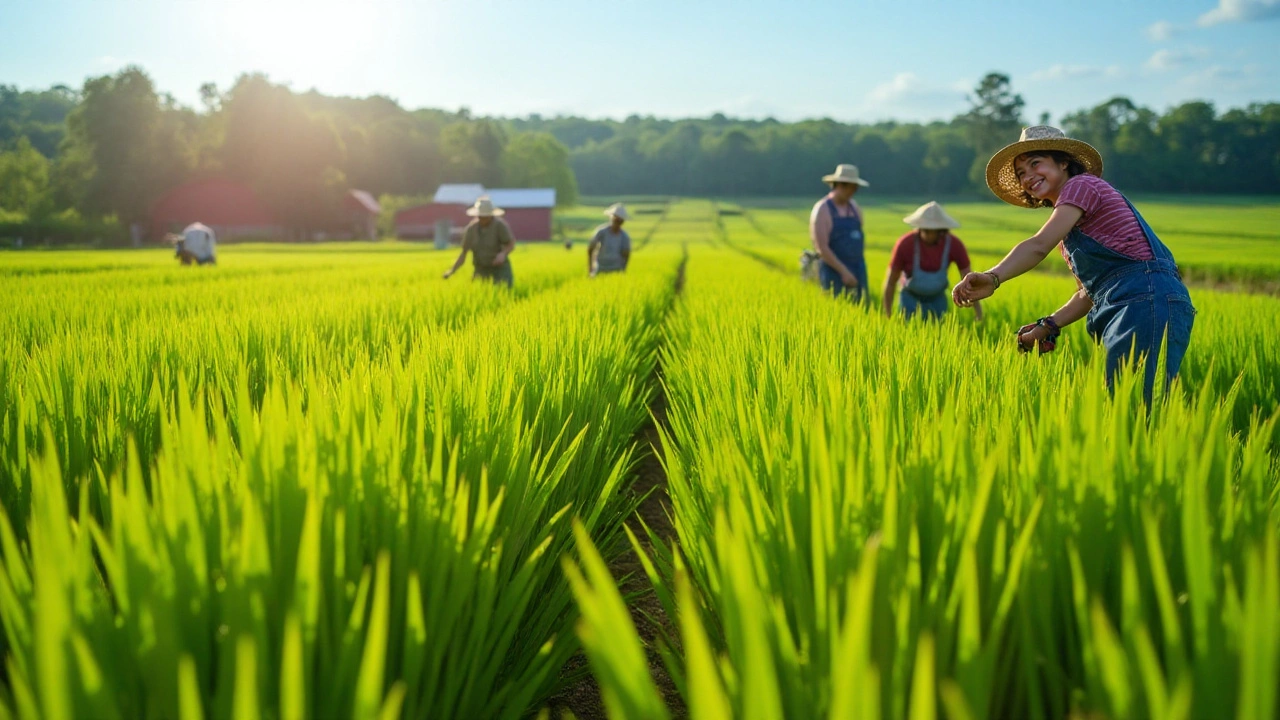Soil Improvement Tips for a Healthier Garden
When working with Soil Improvement Tips, simple, science‑backed practices that boost soil structure, fertility, and water retention. Also known as soil enrichment methods, they help any gardener—from balcony growers to small‑farm owners—raise yields without pricey chemicals. Soil improvement tips start with understanding what soil needs: organic matter, balanced pH, and a stable crumb that lets roots breathe.
One of the most effective Composting, the process of turning kitchen scraps and garden waste into nutrient‑dense humus adds the organic matter that fuels microbes, improves structure, and stores moisture. Pair compost with Mulching, a protective layer of straw, leaves, or recycled material placed on the soil surface to keep weeds at bay and moderate temperature swings. Together they create a living blanket that feeds soil life and reduces evaporation. If you prefer a low‑disturbance approach, No‑Till Gardening, a method that avoids turning the soil, preserving its natural layers and microbial networks works hand‑in‑hand with compost and mulch, letting the soil’s own structure stay intact while organic inputs break down in place.
Another key piece of the puzzle is Drip Irrigation, a water‑delivery system that places moisture directly at the root zone through tiny emitters. By matching water supply to the soil’s improved water‑holding capacity, drip systems cut waste and keep the soil from becoming waterlogged—a common problem after adding too much organic material. Regular Soil Testing, checking pH, nutrient levels, and texture with a simple kit or lab service tells you whether you need lime to raise pH, sulfur to lower it, or specific fertilizers to fill gaps. The relationship between these practices is clear: soil improvement tips encompass composting, mulching, no‑till gardening, and drip irrigation; they require soil testing to fine‑tune pH balance; and they enable healthier plant growth without over‑reliance on synthetic inputs. Below, you’ll find a curated set of articles that dive deeper into each technique, share real‑world examples, and offer step‑by‑step guidance you can start using today.
How to Rehydrate Garden Soil: Easy Ways to Fix Dry, Hard Soil Fast
Got bone-dry soil? Learn practical, proven ways to rehydrate your garden soil, keep moisture locked in, and revive struggling plants quickly.
- manufacturing
- India
- food processing
- garden tips
- rice cultivation
- government schemes
- balcony garden
- urban gardening
- balcony gardening
- profitable business
- business ideas
- plastic manufacturing
- drip irrigation
- plant care
- steel manufacturing
- sustainable gardening
- startup ideas
- steel industry
- flower gardening
- textile manufacturers






